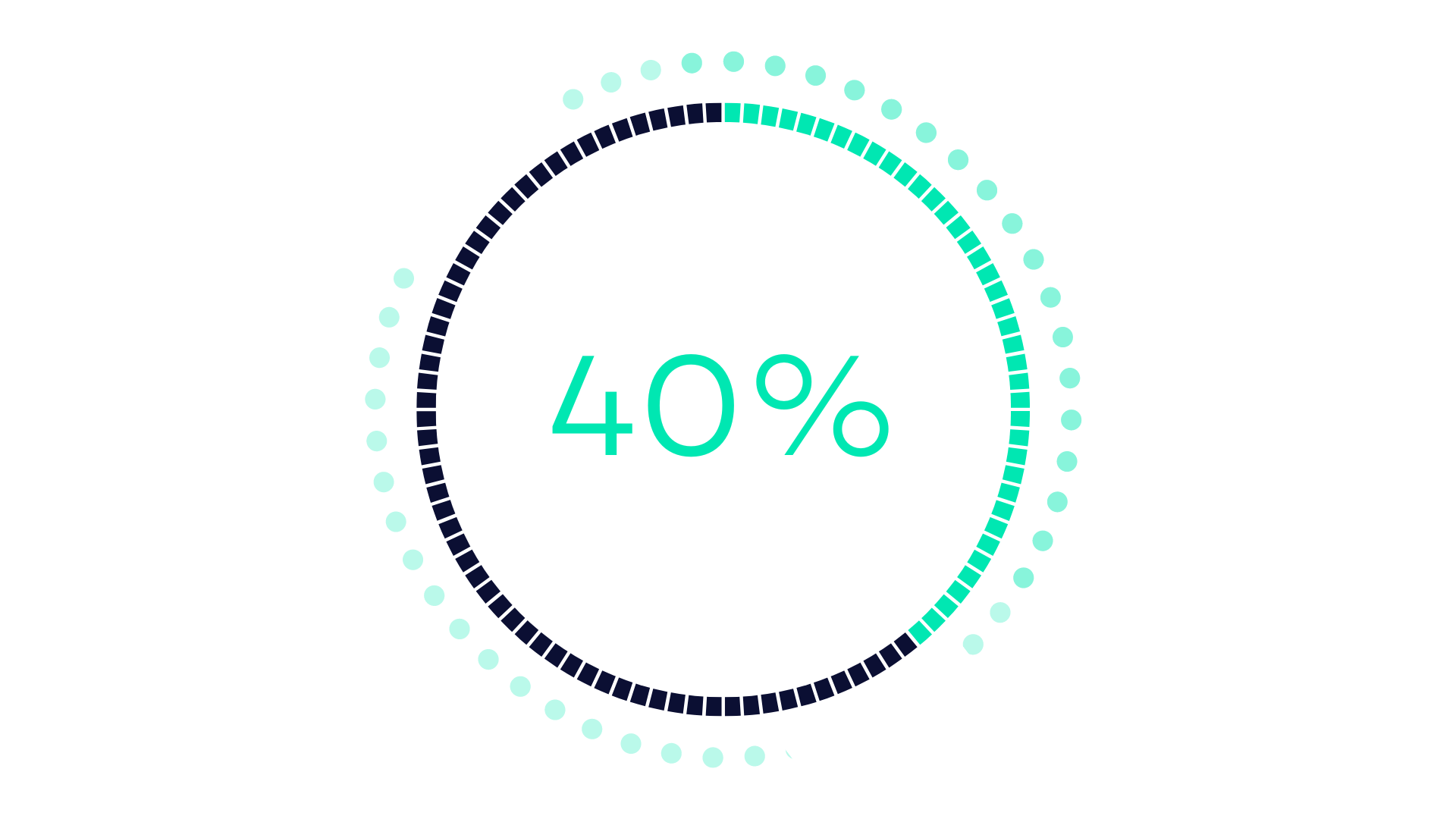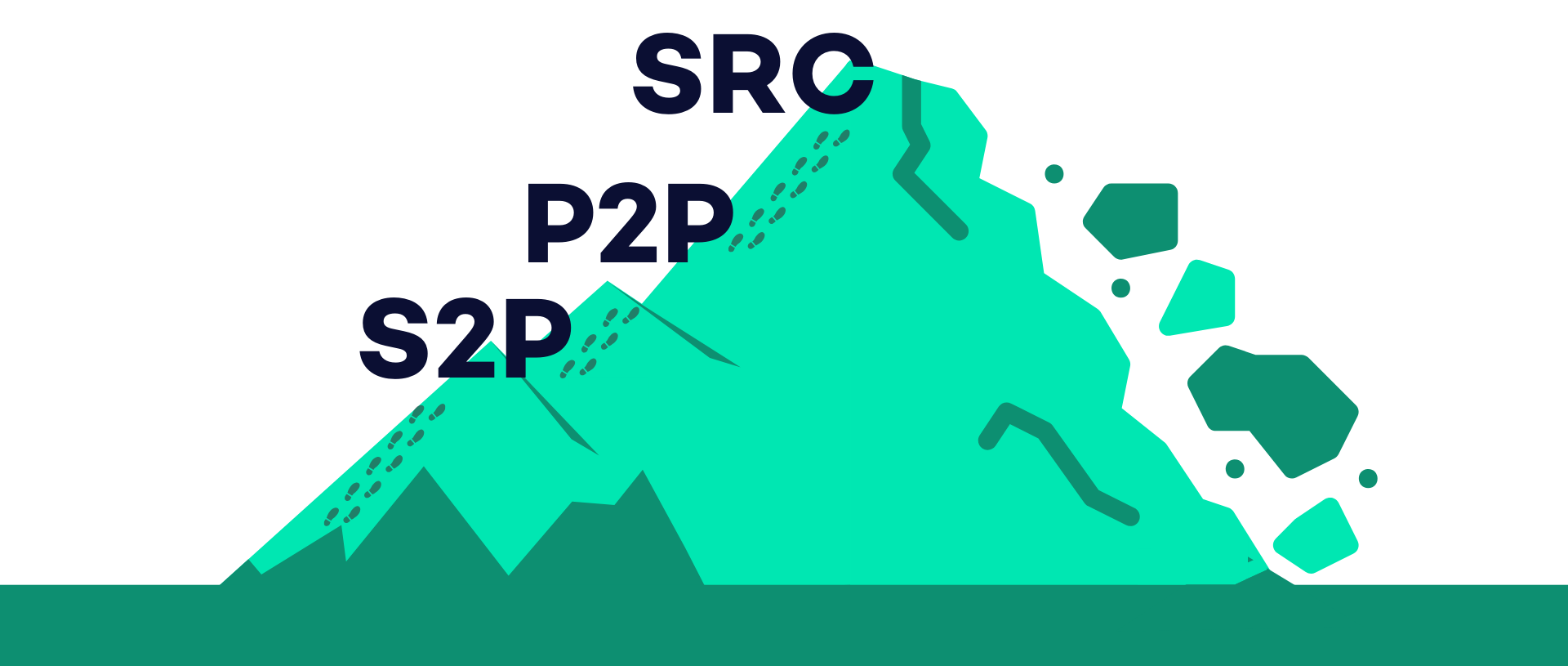Streamline Pre-Contract
Procurement frameworks were established to streamline the processes of sourcing, negotiating, and contracting, with Institutions such as the Chartered Institute of Procurement and Supply (CIPS) and the World Commerce & Contracting (formerly IACCM) shaping these frameworks. But what happens once the deal is signed?

Limitations of Traditional Procurement Solutions
Procurement frameworks predominantly focus on the initial stages of the procurement lifecycle, include sourcing, negotiating, and contracting. Potential suppliers are identified and assessed for suitability during the sourcing stage and followed by the negotiation, where the terms and conditions of the supply are agreed upon. The contracting stage formalises the agreement through legally binding contracts.

Front-Loaded Focus
These stages establish a relationship between the buyer and supplier, mapping out the value exchange, and ensuring that both parties agree on the terms and conditions. Once the contract is signed, these frameworks drop off significantly, re-engaging only for renewal or cancellation, leaving a substantial portion of the contract lifecycle unmanaged, resulting in potential value leakage and inefficiencies.

Neglecting Post-Contract Management
Failing to manage contracts post-signature could result in up to 40% contract value loss (Source: KPMG, PwC, EY & Deloitte). This equates to millions of pounds lost annually, especially for organisations with substantial revenues.
Avoiding post-contract management results in missed opportunities for value creation, risk mitigation, and strategic growth. Without continuous engagement with suppliers, organisations cannot identify and address issues promptly, optimise contract terms, or leverage supplier capabilities for innovation.

Why Traditional Solutions Fall Short
Current procurement technologies and methodologies, including Source-to-Contract (S2C), Procure-to-Pay (P2P), and Source-to-Pay (S2P), do not provide comprehensive solutions for post-contract management. While these frameworks focus on procurement and payment processes, they lack sufficient emphasis on ongoing contract performance and supplier relationship management.

Source-to-Contract (S2C)
S2C solutions are designed to streamline the processes leading up to the finalisation of a contract. They are used to identify needs, source suppliers, negotiate terms, and formalise the agreement. While crucial stages, S2C solutions do not extend beyond the point of contract signature, leaving the subsequent management of the contract largely unaddressed.
Procure-to-Pay (P2P)
P2P frameworks cover the procurement process from requisition to payment, such as supplier selection, purchase order creation, goods receipt, and invoice processing. The focus of P2P solutions is on transactional efficiency rather than ongoing contract performance.
Source-to-Pay (S2P)
S2P solutions provide a comprehensive approach integrating the S2C and P2P processes. Nevertheless, while S2P covers sourcing to payment, it falls short in addressing post-contract management. With the emphasis remaining on the procurement and payment processes, it offers limited capabilities for ongoing contract and supplier relationship management.

The Source to Outcome Approach
An innovative approach extending beyond traditional procurement frameworks, covering the entire contract lifecycle.
Key Components of Source-to-Outcome
1. Contract Lifecycle Management (CLM)
- Drafting and Negotiating: Ensuring that contracts are comprehensive, clear, and aligned with organisational objectives.
- Obligation Management: Tracking and managing contractual obligations to ensure compliance and performance.
2. Third-Party Risk Management (TPRM)
- Continuous Due Diligence: Conducting ongoing assessments of supplier risk profiles to ensure they meet organisational standards.
- Periodic Risk Assessments: Regularly reviewing and updating risk assessments to reflect changes in the supplier’s circumstances or the broader market environment.
3. Supplier Relationship Management (SRM)
- Governance Meetings: Regular review meetings with suppliers to discuss performance, address issues, and identify opportunities for improvement.
- Performance Reviews: Evaluating supplier performance against agreed metrics and taking corrective actions as necessary.
4. Supply Chain Performance Management
- SLA, XLA, OLA Tracking: Monitoring service level agreements, experience level agreements, and operational level agreements to ensure that suppliers meet their commitments.
- Data-Driven Metrics: Utilising data analytics to gain insights into supplier performance and identify areas for improvement.
5. Commercial and Value Management
- Joint Account Plans: Collaboratively developing plans with suppliers to drive mutual value and achieve strategic objectives.
- Innovation Initiatives: Leveraging supplier capabilities to drive innovation and gain a competitive edge.
6. Progressive Controls and Compliance
- ISO, SOC, Sarbanes-Oxley Standards: Ensuring compliance with relevant standards and regulations.
- Continuous Monitoring and Feedback Loops: Implementing mechanisms for ongoing monitoring and feedback to ensure continuous improvement.
Benefits of Source-to-Outcome
Why chose a S2O approach over your traditional procurement solutions